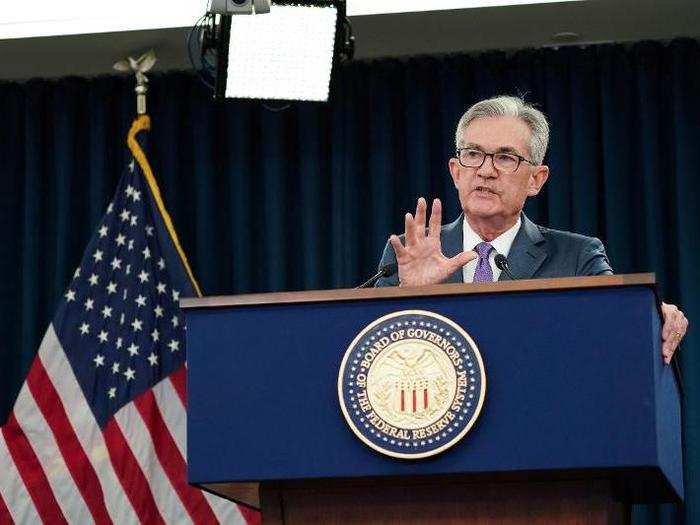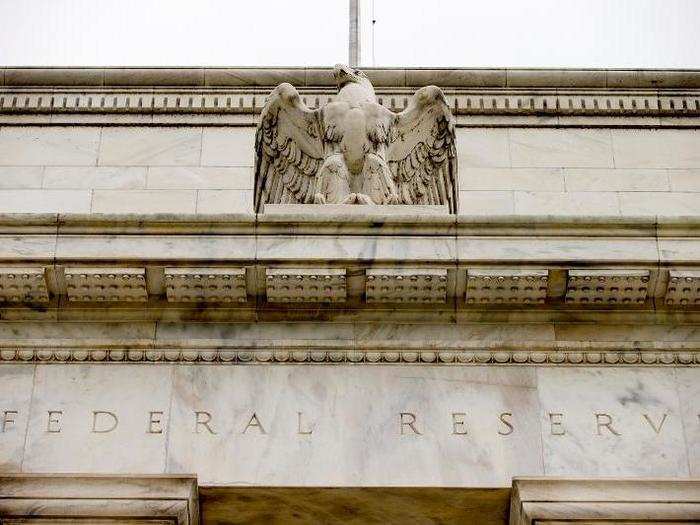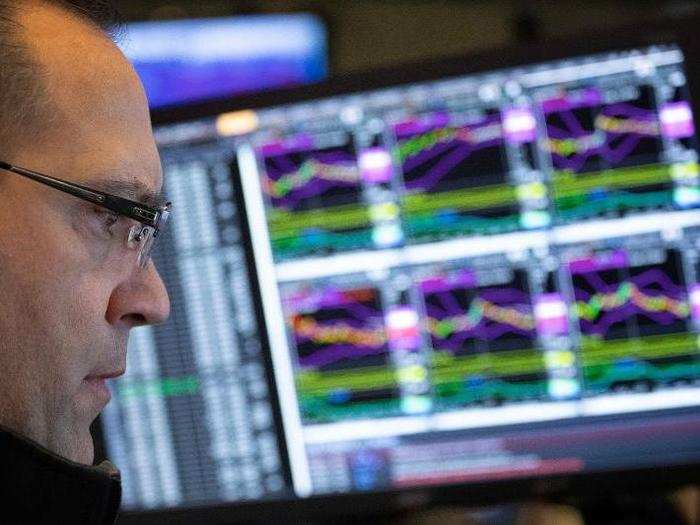- Home
- slideshows
- miscellaneous
- 'Like trying to kill a mosquito with an anvil': The Fed's latest actions left Wall Street disappointed and worried. Here's what the experts had to say.
'Like trying to kill a mosquito with an anvil': The Fed's latest actions left Wall Street disappointed and worried. Here's what the experts had to say.
On the market reaction

On inflation and employment

"Fed Chair Jay Powell is cognizant of the global disinflationary impulses heading America's way – never mind tariffs." -Konstantinos Venetis, senior economist at TS Lombard
The shift comes at a time when US unemployment is close to its lowest level since the 1960s, and credit conditions are already accommodative, based on the National Financial Conditions Index from the Chicago Fed. Barring a marked deterioration in the economic outlook, we expect the Fed to implement at most one more 25bps cut and then to remain on hold through the end of 2020. -Mark Haefele, global chief investment officer at UBS
On the next adjustment

Financial markets continue to expect that further easing will be necessary to protect growth, and after today's move are still pricing in two or three additional 25bps rate cuts by the end of 2020. We believe this is excessive, given the relative resilience of the US economy to-date and recent evidence that suggests inflation may be bottoming out. -Mark Haefele, global chief investment officer at UBS
Markets still expect another cut in the fall, but the actual timing will depend on the data between now and then. On the one hand, strong jobs or manufacturing numbers could lead expectations to reset to a much higher rate path. On the other hand, further easing by the European Central Bank or renewed trade tensions with China could lead markets to price in further cuts. -Christopher Smart, chief global strategist and head of the Barings Investment Institute
Powell was clear that the Fed does not see today's cut as the beginning of a cutting cycle. If the Fed returns to data dependence, based on our forecast, they will not cut again. -Seth Carpenter, chief economist at UBS
I think for now that the base case is no cut in September but a balance of risks and an inflation outlook that argue for easing thereafter. Paradoxically, today's press conference and the associated financial market response make additional easing likely later in the year. -Eric Winograd, senior US economist at AllianceBernstein
On the balance sheet

Powell downplayed any significance of the end of the balance sheet unwind. The Fed modelling of the balance sheet would imply that the two months of less unwind would have almost no discernible effect on the economy. -Seth Carpenter, chief economist at UBS
The committee decided to halt the process of reducing the size of its balance sheet starting tomorrow, two months earlier than previously indicated. In aggregate, the decision to conclude the balance sheet runoff a few months early does not have material implications for the broader markets, but it does signal the Fed's commitment to stay nimble in supporting this now record-long expansion. -The investment strategy team at Glenmede Trust Company
On the dollar and Treasurys

Fed hawkishness may give the USD a bid, but we argue for caution. USD strength exacerbates the issues that concern the Fed the most – global growth, trade, and inflation. The more cautious the Fed is on rate cuts, the higher the probability that financial conditions tighten, making future rate cuts more likely. We thus argue that the higher the USD rally, the bigger the subsequent USD decline. -Ellen Zentner, Morgan Stanley
The Fed is stopping its quantitative tightening operations two months early, as of August rather than October. In plain English, it will no longer be a net seller of bonds – an action that had previously exerted a slight upward pressure on bond yields and represented a form of monetary tightening. -Eric Lascelles, chief economist at RBC Global Asset Management
Popular Right Now
Popular Keywords
Advertisement